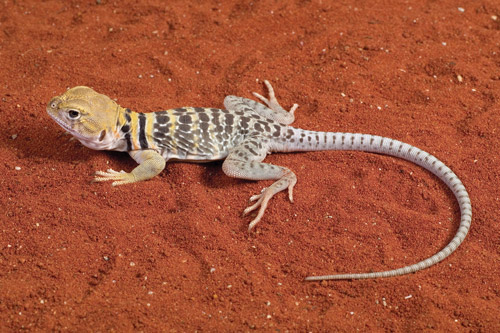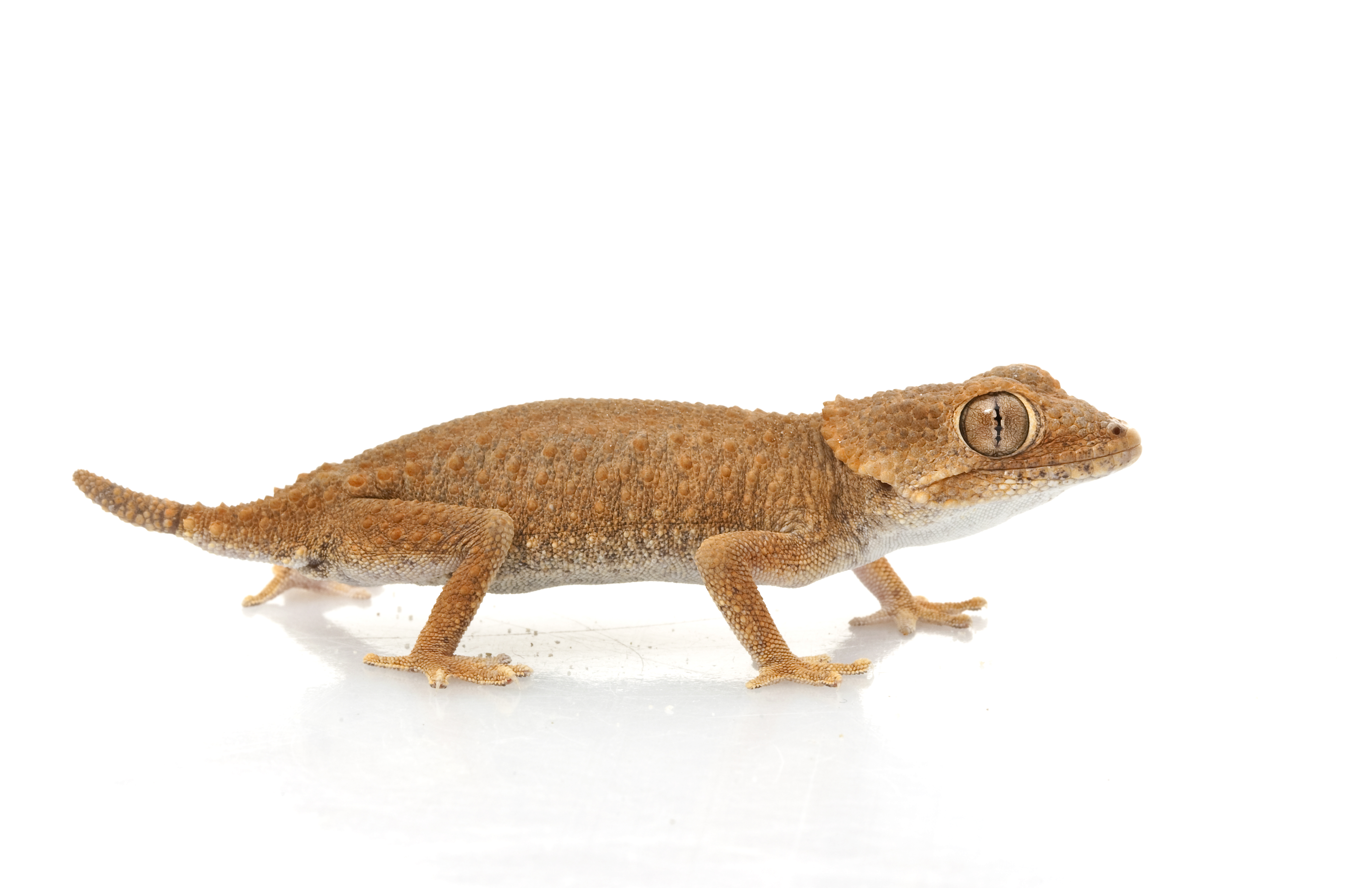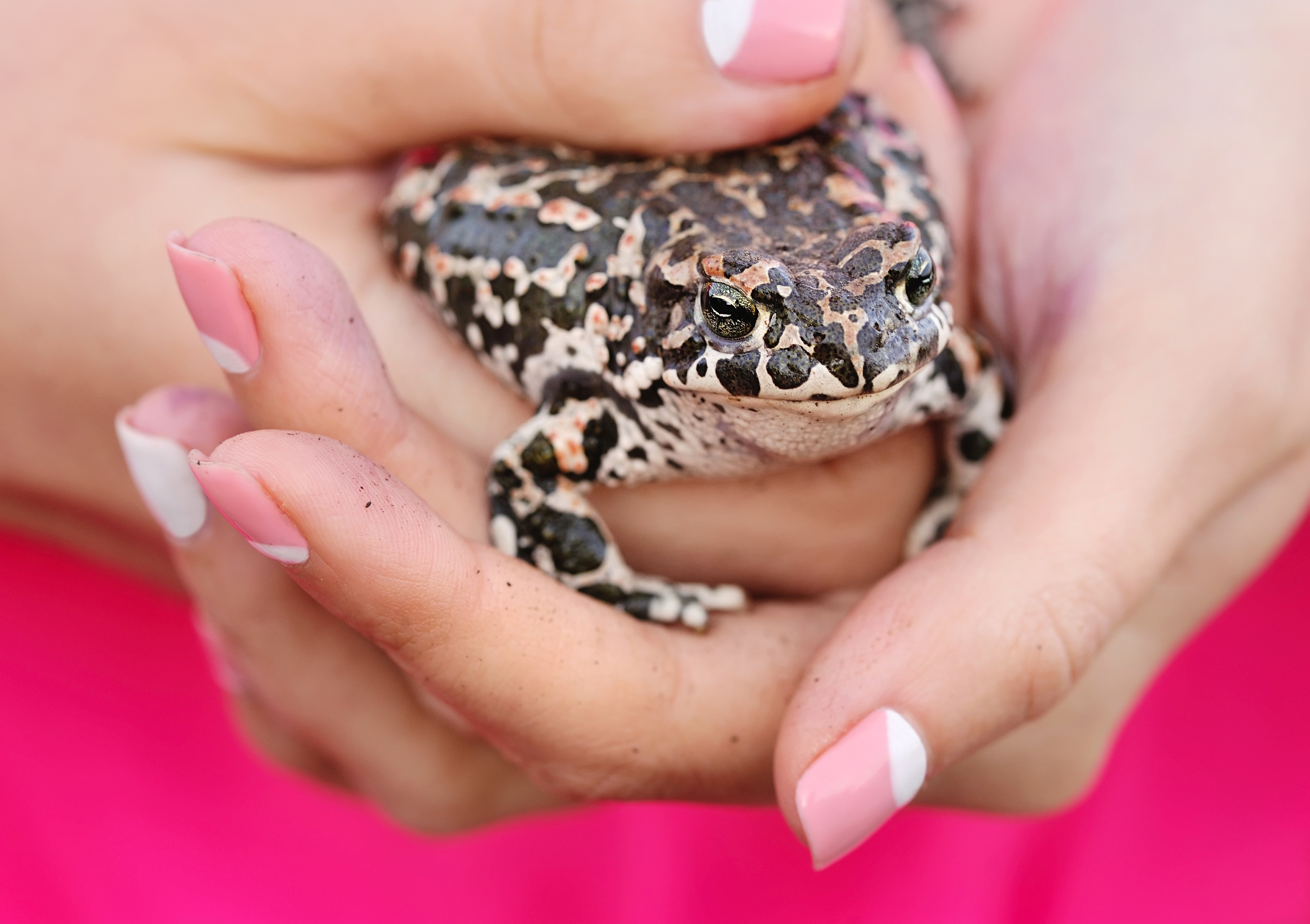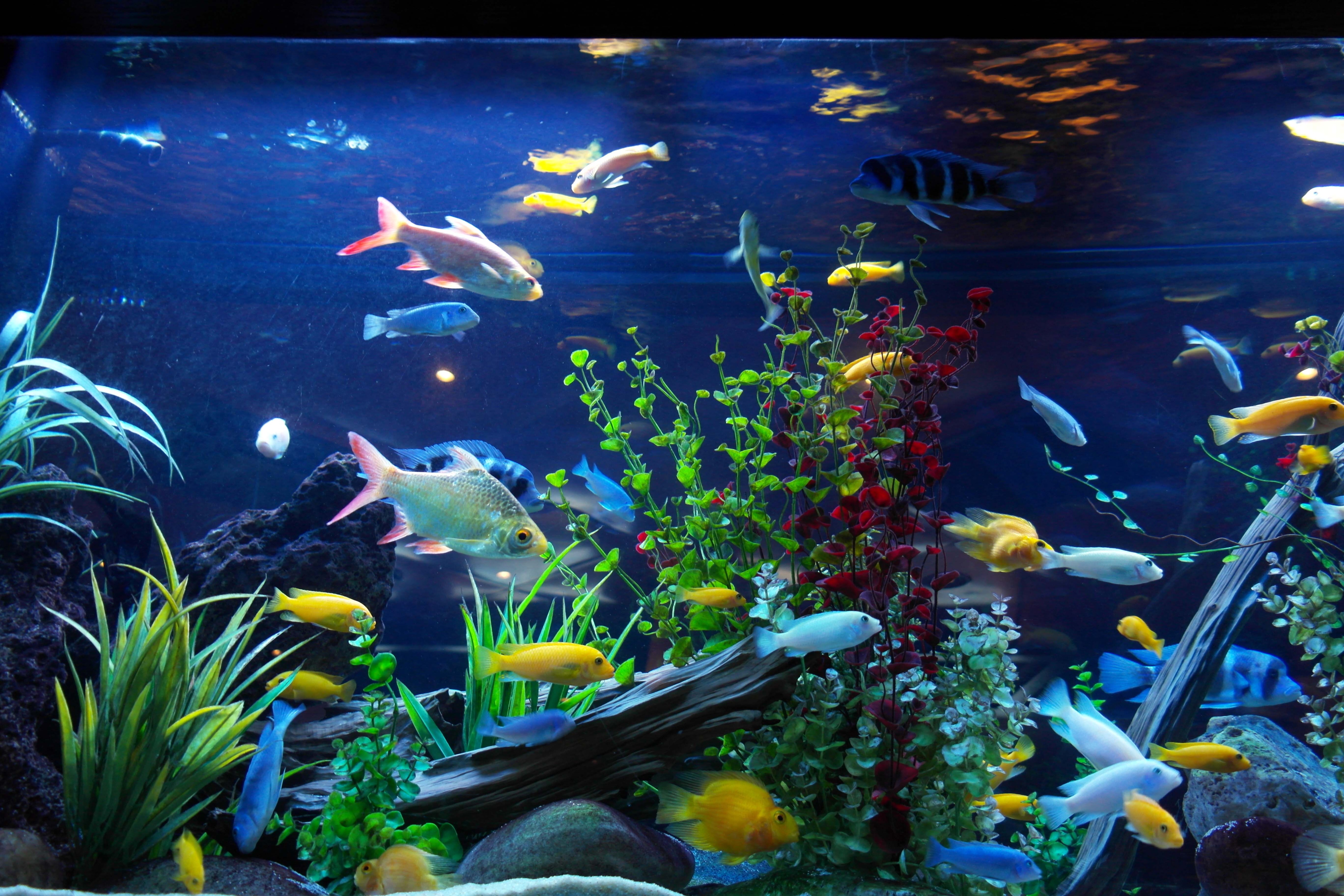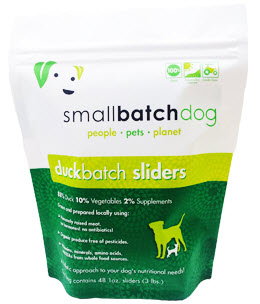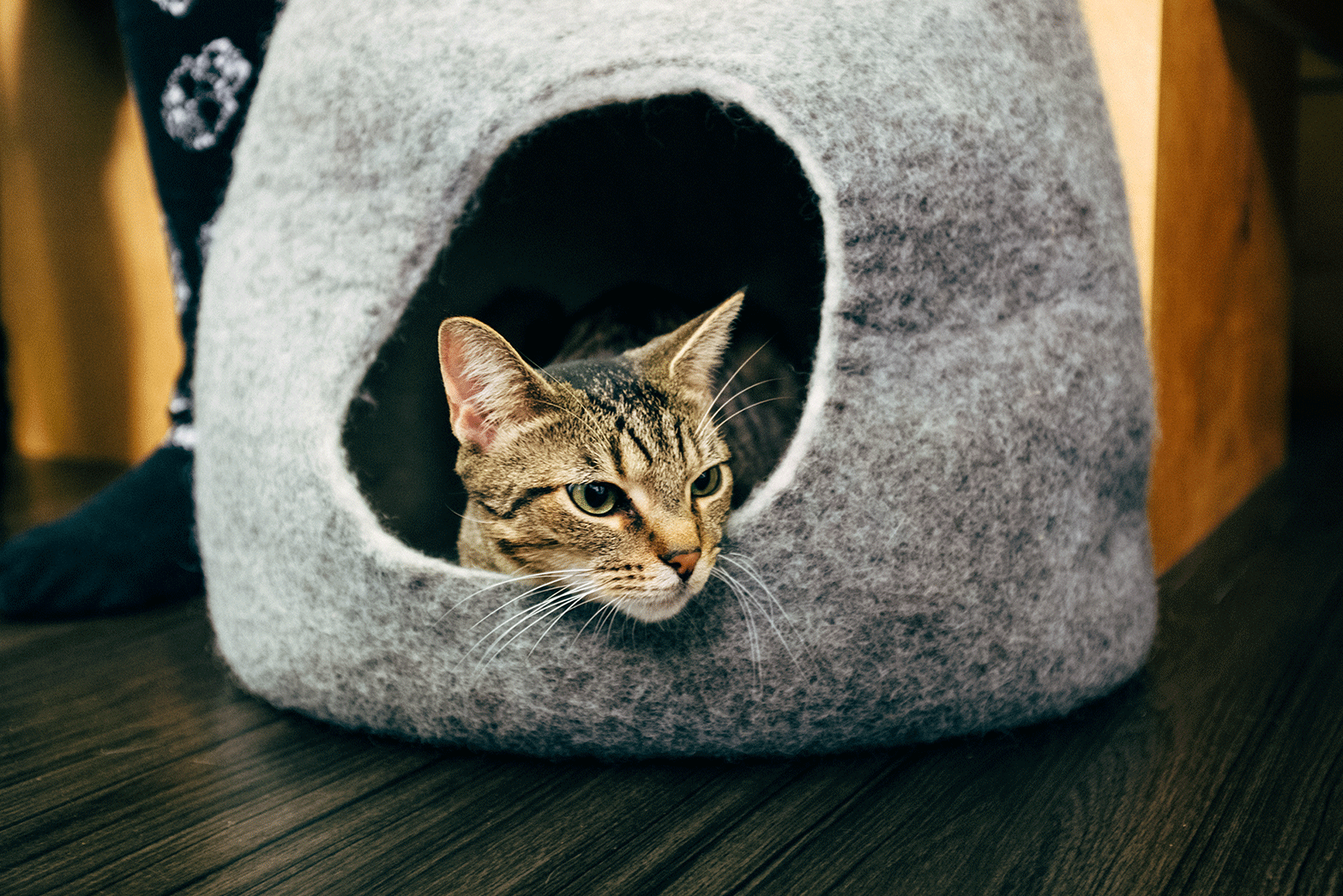The Hottest Thing in Herp Housing
Tom Mazorlig //January 6, 2016//
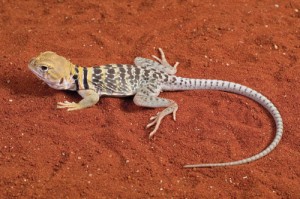 What’s new in heating and lighting for reptiles? In one word: more. More as in more efficient and more features. The latest lines of heating and lighting products for herps give hobbyists more for their money by being more efficient than their predecessors.
What’s new in heating and lighting for reptiles? In one word: more. More as in more efficient and more features. The latest lines of heating and lighting products for herps give hobbyists more for their money by being more efficient than their predecessors.
Halogens Are Hot
Zilla’s new halogen bulbs and fixtures are a perfect example of these trends.
“Zilla has focused our heating and lighting on our G-9 Technology,” said Ryan McVeigh, brand manager, Central Garden & Pet, which produces the Zilla brand. “Using this, we have developed Zilla Mini Halogen Bulbs, which produce a high amount of heat from a very low wattage. These bulbs are up to 250 percent more efficient than a standard incandescent spot light and much more robust, so they have a much longer life.”
Zilla’s halogen lights are also space efficient.
“They are also very small, and allow us to create fixtures that are four inches or shorter,” McVeigh said.
Zilla also has a new line of fixtures coming soon that will offer hobbyists a lot of functionality.
“A new line of lighting strip fixtures that is being released in 2016 will house both the Mini UVB Fluorescent Bulbs and the Mini Halogen Bulbs, while only being 1.5 inches tall,” McVeigh said. “These new fixtures will house up to six outlets for full coverage of heat and UVB over a terrarium, while one outlet will be dedicated to night heat.”
Many hobbyists may not be familiar with halogen lighting. To sell this type of lighting effectively, the retailer will need to educate his or her customers.
“For customers to fully buy into this lighting technology, retailers need to as well,” McVeigh said. “Providing multiple options for fixtures and having a staff that understands how to help consumers chose the best combination for their terrarium is the key to moving these products.”
Bright Ideas
The highly efficient LEDs that have taken over the aquarium hobby have started moving into the herp hobby in a big way. Zoo Med is offering several LED options to consumers.
“The Reptisun LED provides energy efficient LED terrarium lighting with a low profile design,” said Ashley Rademacher, animal care and education coordinator at Zoo Med. “The unique modular design allows for swapping out LED panels. These hoods feature adjustable rails, allowing them to fit a variety of tank sizes. The hood can also be suspended using the included stainless steel aircraft cable suspension kit. With this hood, keepers can provide bright, beautiful light for reptiles or amphibians while promoting the animal’s natural behaviors and terrarium plant growth.”
According to Rademacher, the lights in the fixture include wavelengths that look natural and stimulate plant growth, with an option for a nighttime “lunar effect.” She said the LEDs can provide 20,000 hours of life.
Many types of lighting provide UVB–the B waves of ultraviolet light. It’s important for retailers to inform hobbyists why this type of lighting is crucial for many reptile species.
“UVB is the part of the sun’s natural spectrum that allows reptiles to synthesize or manufacture their own vitamin D3, which is essential for calcium absorption,” Rademacher said. “Without regular access to the proper levels of UVB, reptiles can develop metabolic bone disease and other health problems.”
There are situations in which hobbyists will want to heat their reptiles without lights or need to provide heat in addition to light. TetraFauna’s ReptoHeat from Spectrum Brands is a new product that addresses this.
“Herpers are well aware that this is one product category that hasn’t had a significant change in technology or design in a long time,” said Sean Raines, director of marketing and equipment for Spectrum Pet, Home & Garden. “Our engineers put a lot of time and effort into bringing technological advancements to the heating and basking category, but they also took a hard look at the ergonomics and design aspects as well.”
“When reptiles are being placed in or removed from an environment, we want to make it as safe and convenient as possible,” Raines said. “With the heater being attached to the top of the screen, there’s no need to remove a hot unit and place it somewhere safe while juggling a pet in another hand.”
According to Raines, ReptoHeat also has two heat settings, ensuring proper heating for different reptiles and amphibians.
Move Them Like Hotcakes
Most reptiles need light and heat to thrive in captivity. To drive this home to consumers and feature the products you sell, live animal displays are helpful.
“Our research has shown that setting up a live habitat display in retail environments is always inspiring for consumers, no matter what the category,” Raines said. “For reptiles, showing habitats complete with the heater, lighting, water feature, filter, and décor appropriate for a particular species will give the consumer great ideas on how the habitat can look in their home and help the retailer sell the habitat, the reptile and all of the accessories that go along with it.”
“Education is also key,” Raines said. “Every species has its own temperature, feeding, environment size and lighting requirements. It’s important to get the customer up to speed early in the process. If possible, encourage the customer to go online or purchase a book and learn as much as possible before the actual reptile purchase to ensure success right from the start.”
